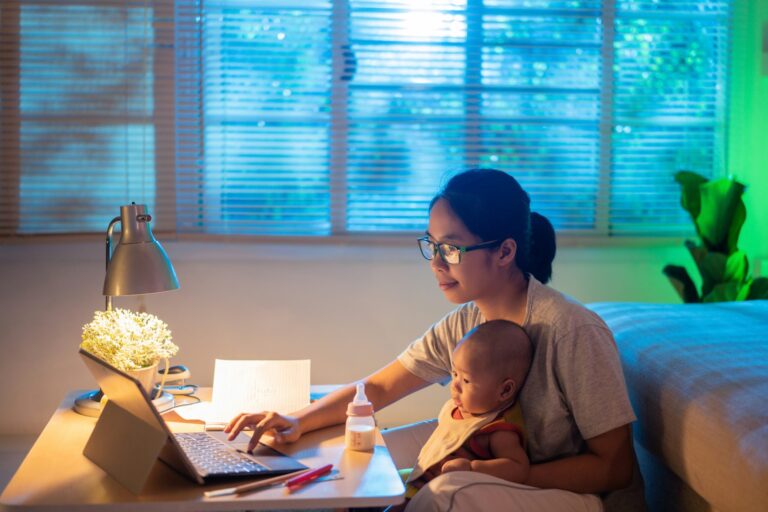On February 15, 2024, families in Denver, Colorado, reflected on how the widespread shift to remote work during the pandemic has forever altered family dynamics. While remote work was initially seen as a temporary adjustment, it has now become a lasting change that has reshaped not only the workplace but also home life. The blending of professional and personal spaces has led to a host of new challenges and opportunities for families, particularly those balancing work responsibilities with raising children and maintaining personal relationships.
One of the key trends that has emerged is the way remote work has allowed parents to spend more time with their children. In the past, many parents struggled with the challenge of balancing long commutes and demanding work schedules with family time. But with work shifting to home offices, many have found they can better manage both their careers and their parental duties. Sarah Johnson, a mother of two and a marketing manager who transitioned to remote work in 2020, shared her experience: “At first, I wasn’t sure if it would work, but now I can have lunch with my kids, attend their school events, and still meet my work deadlines.”
However, this shift has not been without its challenges. Family therapists in Denver, such as Dr. Emily Harper, have noticed a rise in stress and burnout as family members share living spaces for extended periods. “It’s important to set boundaries,” Dr. Harper explained. “For many families, the home was always a space for relaxation, but now it’s a space where both work and personal life collide. Parents have to be mindful of how much mental and emotional space they’re taking up in their home office environments.”
In response to these challenges, experts in work-life balance have been providing guidance on how families can effectively navigate this new norm. Strategies include designating specific workspaces, sticking to a clear daily schedule, and carving out time for personal and family activities. Many companies have also been offering flexible work hours and mental health resources to help employees manage the pressures of remote work.
For some families, the shift has been a reminder of the importance of quality time together. While the lines between work and home life may blur, many have discovered the benefits of spending more time in their personal spaces, which has led to stronger family bonds. The need for connection and balance is clearer than ever, especially as employees navigate the transition back to in-person work in some industries.
Ultimately, the lasting effects of remote work on family dynamics continue to unfold. While the benefits are clear—more time with loved ones, better flexibility, and improved work-life integration—there is also a recognition that finding equilibrium in this new way of working requires ongoing effort. For many families, 2024 marks a time of reflection on how remote work has reshaped their lives and how they can continue to adapt to the changing demands of modern living.



